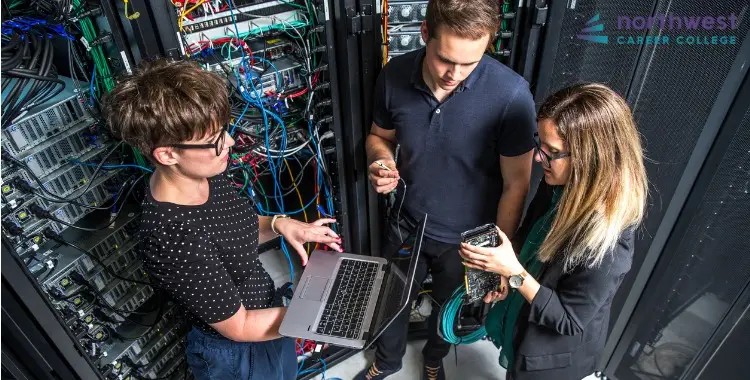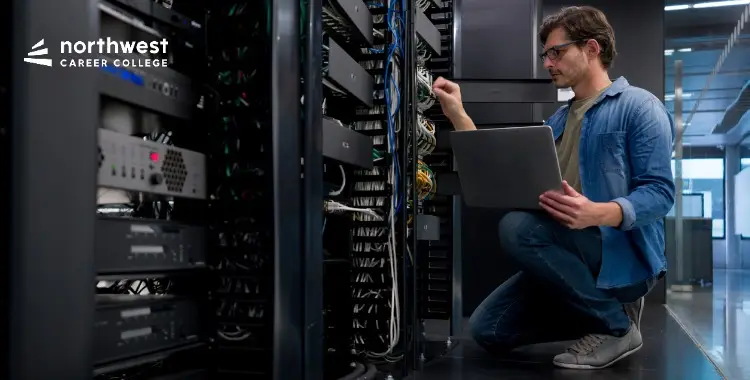Troubleshooting Tips for Network Connectivity Issues for IT Technicians – Part 2
- IT Technician
- July 29, 2024
- 1.5k views
- 2 min read

Table of Contents
Dive Into Configuration Settings
If all physical equipment looks like it is in good shape and it has all been rebooted to no avail, it’s time to review your internet settings.
Check the Router’s Settings
Sometimes settings get changed by accident (or by those pesky internet gremlins). Make sure everything is as it should be.
Update Firmware
Just like your phone needs updates, so does your router. Outdated firmware can lead to connectivity headaches.
Ensure Correct IP Configuration
Incorrect IP settings can disrupt the network. A quick review can ensure devices are properly communicating.
Cool Stat: Around 30% of network issues are resolved by updating firmware or correcting IP configurations.
Analyze the Network
If the basics aren’t cutting it, it’s time to put on your detective hat and analyze the network.
Run a Ping Test: This helps determine if the issue is with a specific site or your entire network. It’s like sending out a sonar ping in the digital ocean.
Use Traceroute: This tool shows the path data takes to reach its destination, helping pinpoint where the connection drops.
Check for Overload: Too many devices or heavy usage can overload your network. Monitoring traffic can reveal if it’s time for an upgrade.
Cool Stat: A staggering 20% of network slowdowns are due to bandwidth overload from high usage or too many connected devices.
Wrapping It Up
Network connectivity issues can be a real headache, but with these troubleshooting tips, you’re well-equipped to tackle them head-on. Start with the simple fixes like checking cables and power cycling devices, then dive deeper into configurations and network analysis if needed. Remember, the solution might be just a few clicks away. So next time the internet goes on a break, you’ll know just what to do to get back online in no time!
Determine if a single or multiple machines are impacted.
Verify all cables are securely connected.
Inspect for damage to cables and ports.
Turn off and restart all impacted equipment.





